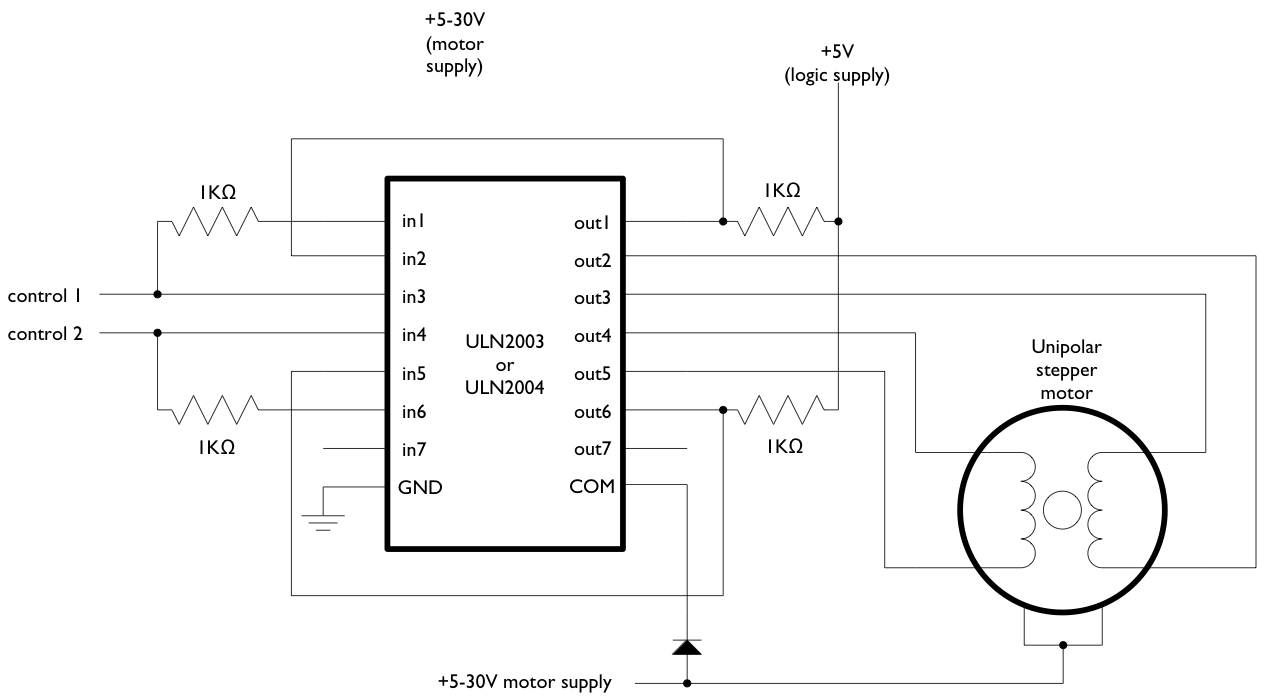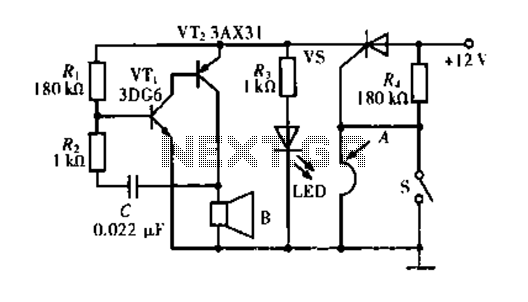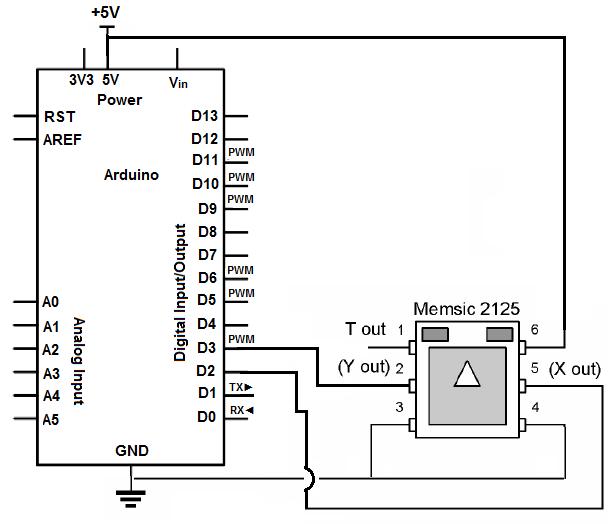
BA313 ALC circuit diagram of a sound recording

The BA313 is an integrated automatic level control (ALC) circuit designed for use in audio recording preamplifier applications. It is commonly found in cassette tape recorders and comes in a 9-pin dual in-line package (DIP). The circuit features a wide range of automatic level control, operates over a voltage range of 3 to 12V, and offers high gain with low distortion and low noise.
The BA313 circuit is engineered to enhance audio recording quality by automatically adjusting the gain based on the input signal level. This functionality is crucial for maintaining consistent audio levels during recording, particularly in environments where sound levels may fluctuate significantly. The circuit's design allows it to operate efficiently across a broad voltage range, making it versatile for various applications.
The high gain characteristic ensures that even weak audio signals are amplified adequately, while the low distortion and noise levels contribute to a cleaner audio output. The integration of these features within a compact 9-pin DIP package simplifies the circuit design for engineers and hobbyists alike, facilitating easy integration into existing audio systems.
In practical applications, the BA313 can be employed in conjunction with other audio processing components, such as equalizers and mixers, to create a comprehensive audio processing solution. Its reliability and performance make it a preferred choice for enhancing audio fidelity in consumer electronics, particularly in portable devices like cassette tape recorders. Overall, the BA313 serves as a critical component in achieving high-quality audio recordings.as the picture shows. BA313 is a built-in automatic level control circuit (ALC) of audio recording preamplifier circuit, commonly used in the cassette tape recorder, 9-pin DIP dual in-line package, the circuit has the following characteristics: a wide range of automatic level control, operating voltage wide range (3-12V), high gain, low distortion, low noise.
The BA313 circuit is engineered to enhance audio recording quality by automatically adjusting the gain based on the input signal level. This functionality is crucial for maintaining consistent audio levels during recording, particularly in environments where sound levels may fluctuate significantly. The circuit's design allows it to operate efficiently across a broad voltage range, making it versatile for various applications.
The high gain characteristic ensures that even weak audio signals are amplified adequately, while the low distortion and noise levels contribute to a cleaner audio output. The integration of these features within a compact 9-pin DIP package simplifies the circuit design for engineers and hobbyists alike, facilitating easy integration into existing audio systems.
In practical applications, the BA313 can be employed in conjunction with other audio processing components, such as equalizers and mixers, to create a comprehensive audio processing solution. Its reliability and performance make it a preferred choice for enhancing audio fidelity in consumer electronics, particularly in portable devices like cassette tape recorders. Overall, the BA313 serves as a critical component in achieving high-quality audio recordings.as the picture shows. BA313 is a built-in automatic level control circuit (ALC) of audio recording preamplifier circuit, commonly used in the cassette tape recorder, 9-pin DIP dual in-line package, the circuit has the following characteristics: a wide range of automatic level control, operating voltage wide range (3-12V), high gain, low distortion, low noise.





